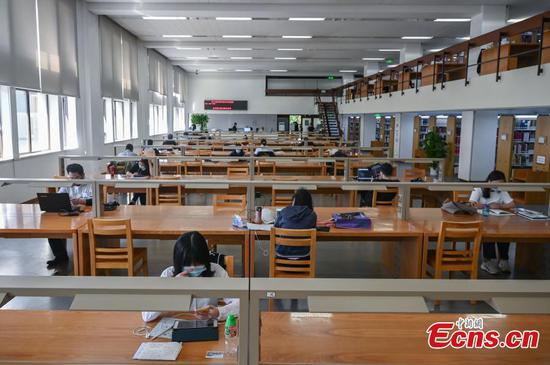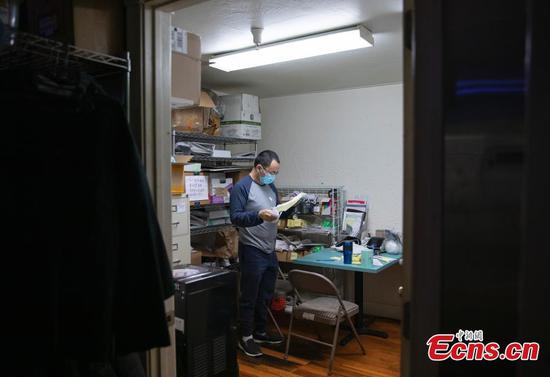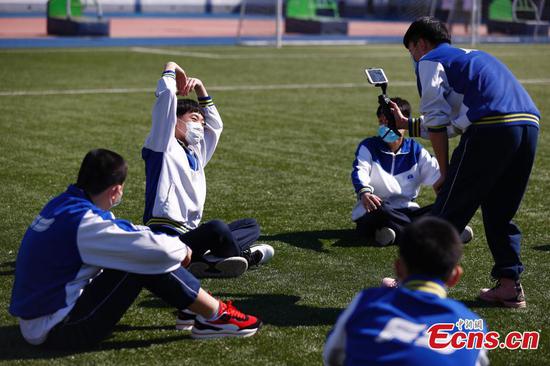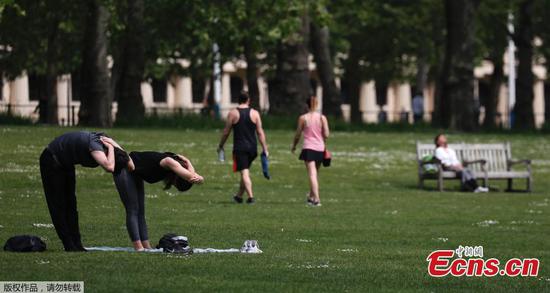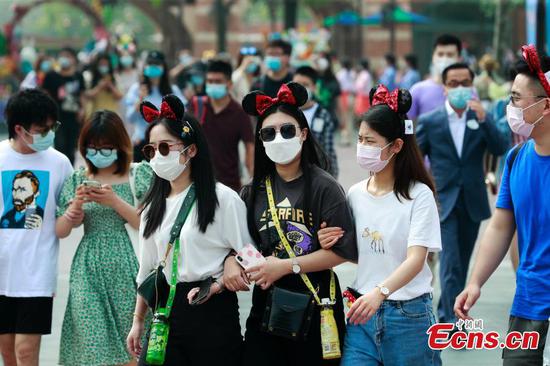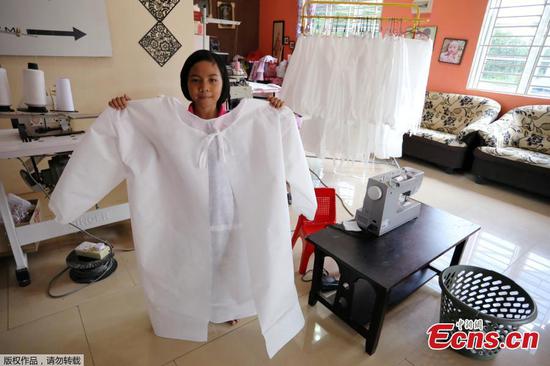The lockdown and school closures in many nations triggered by the novel coronavirus have raised issues about how best to educate our children.
Teachers, and entire organizations that tend to dislike technology or have a reluctance to use it, have been forced to embrace technological solutions.
And students, who were among the first to have been born in the internet age, have been exposed to a global experiment in alternative education methods.
It is widely accepted that the situation is not ideal, and that it is no substitute for a classroom where technology supplements face-to-face learning.
But this integration of new technologies into family units can be seen as a positive change and one that may offer valuable lessons on how we can improve education.
One of these lessons may be in highlighting the inherent inequality children face in classrooms around the world.
When every child is at school, it can be difficult to ascertain which children are struggling due to unfair socioeconomic disadvantages, whether that be access to resources or lack of supportive family units. Academic trusts, such as the AET in the United Kingdom, have pledged to purchase more than 9,000 laptops for disadvantaged teenagers, to assist them with their digital learning.
There has also been talk about providing families with 4G WiFi routers, to further support remote learning. The children benefitting likely had inferior access to online education prior to the pandemic. In the future, it may be easier to ensure all students have equal opportunities to study.
There is also an opportunity, right now, for parents to see at close range their children's learning process, and to be closer to them as they make their journey through an online syllabus. Many parents previously only had the chance for brief interactions with teachers, and to occasionally interact with their children as they tackled homework.
Taking the time to see how a course is taught and how their child responds to school activities may prove invaluable for parents in getting to know more about their child's intellectual journey.
The virtual classroom technologies used the world over also provide a greater opportunity for children to have their learning personalized to fit broader aspects of their development.
Many apps and programs are also capable of analyzing and creating goals for mental and physical health, as well as pointers for general wellbeing.
The opportunity here is to create an experience through technology that not only ensures a child dots their i's and crosses their t's, but that also tracks their wellbeing and ensures a healthy mindset is gently guided over a period of time.
Holistic education and even some forms of life-coaching may be invaluable for children, especially those who do not have a strong family support structure, and those facing peculiar challenges in life.
It should be noted, however, that there can be too much of a good thing. Most academic think tanks do not feel that screen time is a suitable substitute for a full school timetable, with health and physical activity concerns at the forefront of their reservations. Instead, technology should be used in specific sessions for no longer than an hour or so, and certainly not for sessions that last six hours, which is the typical length of a school day.
Many children who use technology at home are also familiar with smartphones, iPads and laptops, and the concern for many parents is not a lack of access to technology, but the fact that children can easily be distracted during their school work by apps.
All it takes to test a 10-year-old's resolve is a notification to pop up on the screen. There are many things to be optimistic about in the way we move forward with technology during this unprecedented time, but we must proceed in a smart manner.



















